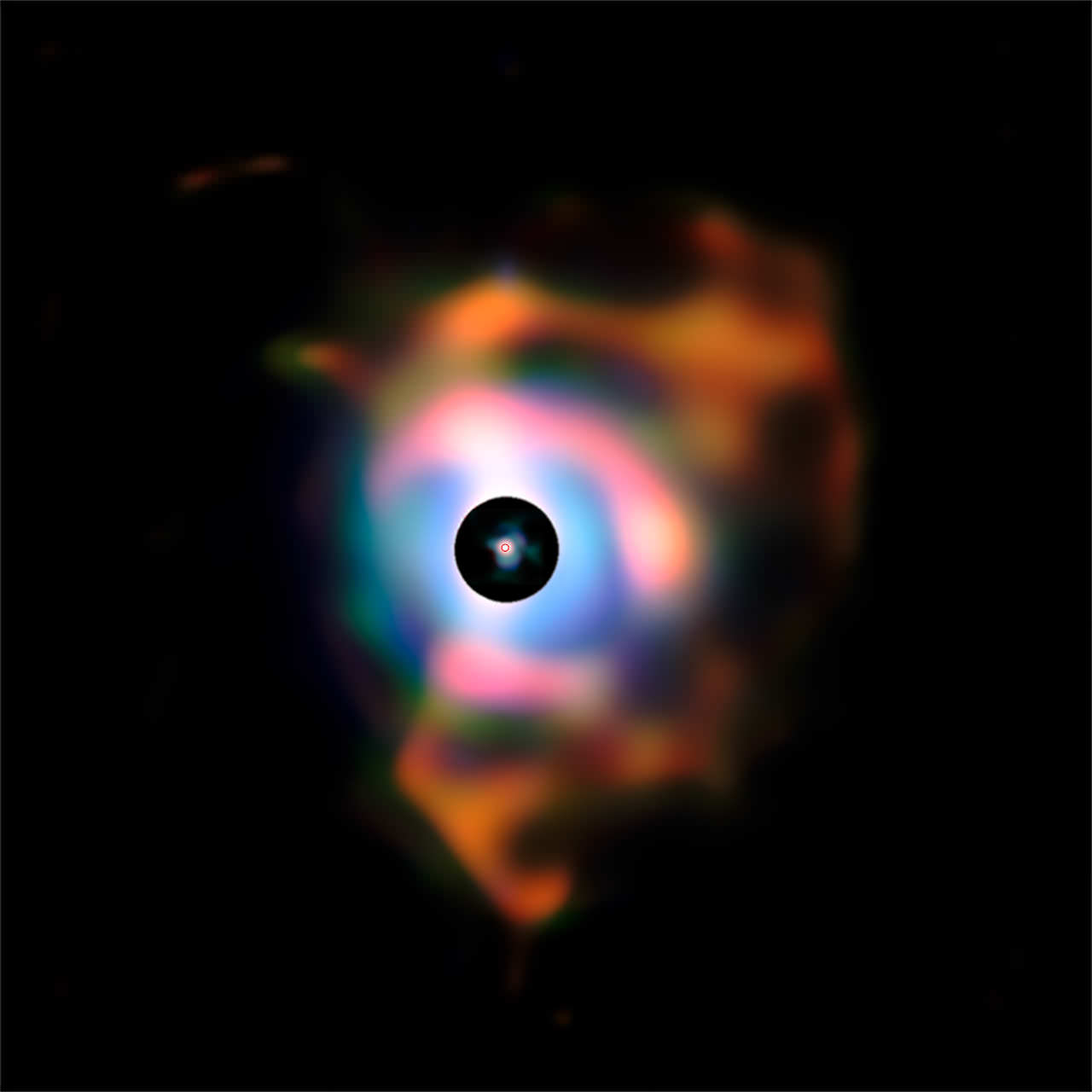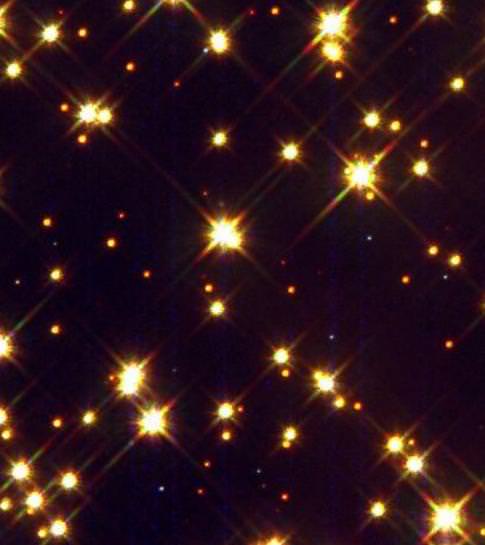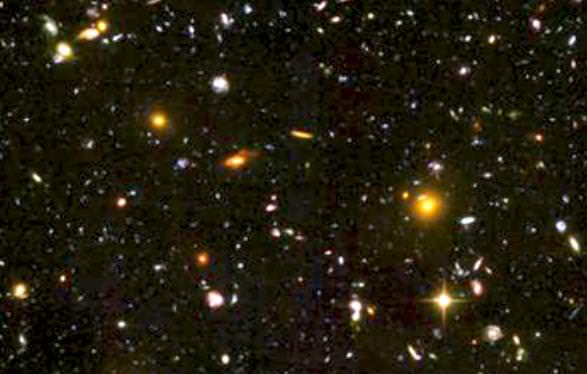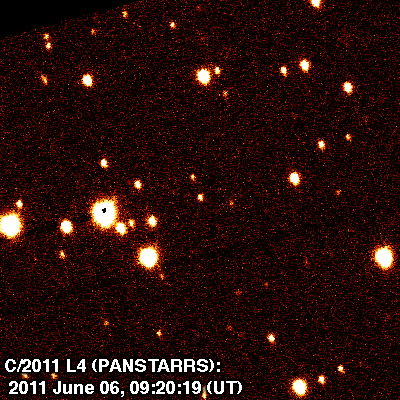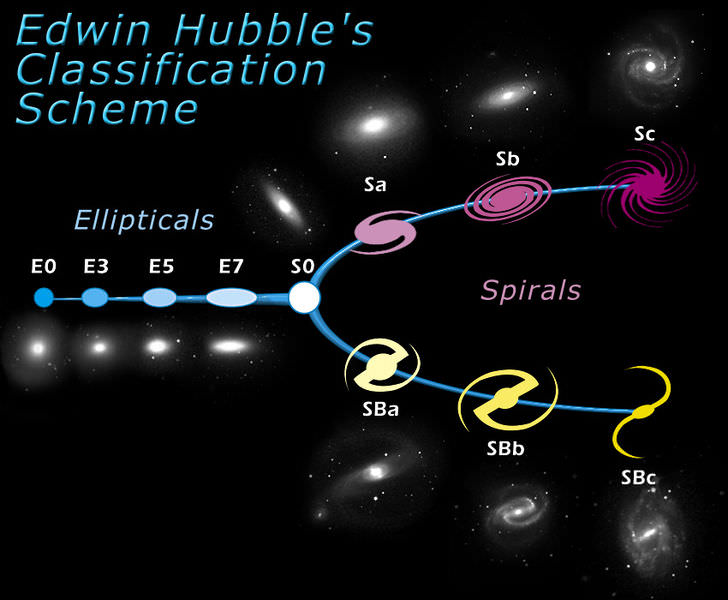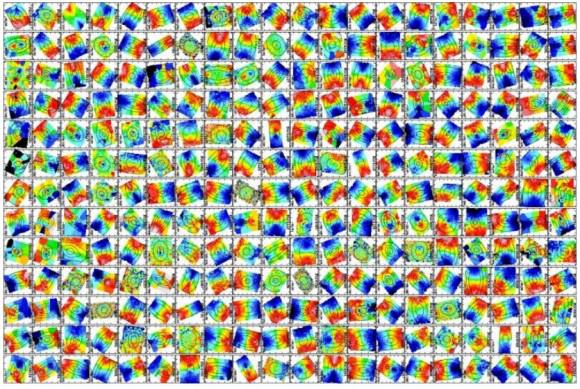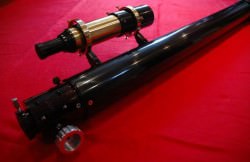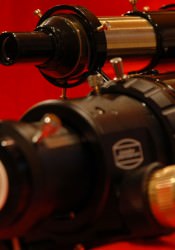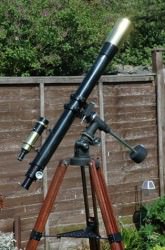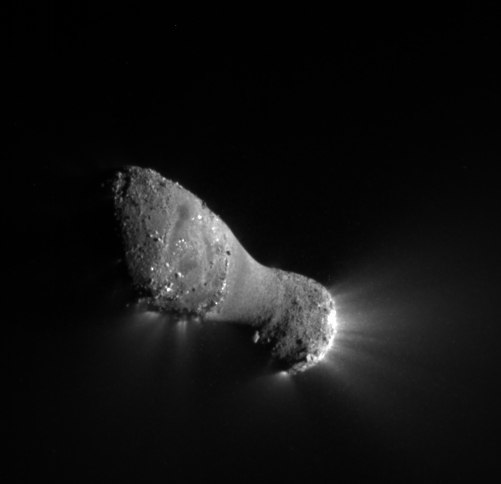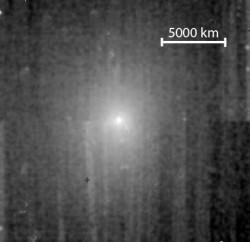[/caption]
If it were at home in the center of our solar system, this red supergiant’s girth would extend out almost to the orbit of Jupiter. It’s about a thousand times larger than Sol and shines a hundred thousand times brighter. What’s more, the amount of mass it sheds every ten thousand years could create another sun. It’s nearing the end of its life and when it goes supernova, we’ll be able to see it here on Earth – even in broad daylight. So what’s surrounding Betelgeuse that looks like the conflagration generation? Read on…
Using the VISIR instrument on ESO’s Very Large Telescope (VLT), researchers have been able to take a more detailed look than ever at the nebula surrounding Betelgeuse. These infrared diffraction-limited images hold clues to the stellar aging process, since much of this structure cannot be seen in visible light. Filled with knots and pockets, this mysterious ether makes for prime study.
“Mass-loss occurring in red supergiants (RSGs) is a major contributor to the enrichment of the interstellar medium in dust and molecules. The physical mechanism of this mass loss is however relatively poorly known. Betelgeuse is the nearest RSG, and as such a prime object for high angular resolution observations of its surface (by interferometry) and close circumstellar environment.” says P. Kervella, et al. “The goal of our program is to understand how the material expelled from Betelgeuse is transported from its surface to the interstellar medium, and how it evolves chemically in this process.”
With branches extending up to six times the diameter of the star, Betelguese isn’t showing any uniformity in its surface shedding process. Picture, if you will, heating a pot of spaghetti sauce on a hot stove. When the temperature fires up below, it creates a rising bubble. When this surfaces, it pops – blowing spaghetti sauce all over the top of your stove and walls – and releasing steam. While this is a loose analogy, it’s fairly representative of what’s going on with this red supergiant. Large-scale gas motions inside the star are popping out O-rich dust, such as silicates or alumina and expelling gases in jets.
“The circumstellar envelope around Betelgeuse extends at least up to several tens of stellar radii. Its relatively high degree of clumpiness indicates an inhomogeneous spatial distribution of the material lost by the star.” says P. Kervella, et al. “Its extension corresponds to an important intermediate scale, where most of the dust is probably formed, between the hot and compact gaseous envelope observed previously in the near infrared and the interstellar medium.”
For now, there’s still many questions to be answered, such as how the dust is created and how it can be found as such great distances from the star itself. We’re just now beginning to understand RSG convection properties and their mechanisms for mass loss. For now, the team will continue their studies using these new techniques. “The knots and filamentary extensions of the nebula observed at larger distances from Betelgeuse appear to correspond to inhomogeneities in the mass lost by the star in the recent past, probably within the last few centuries. Further observations are expected to clarify the nature and composition of the nebular features identified in our images, using spatially resolved spectroscopy of the CSE.”
And the marshmallow for this campfire might just be a companion star…
Original Story Source: ESO Press Release.

